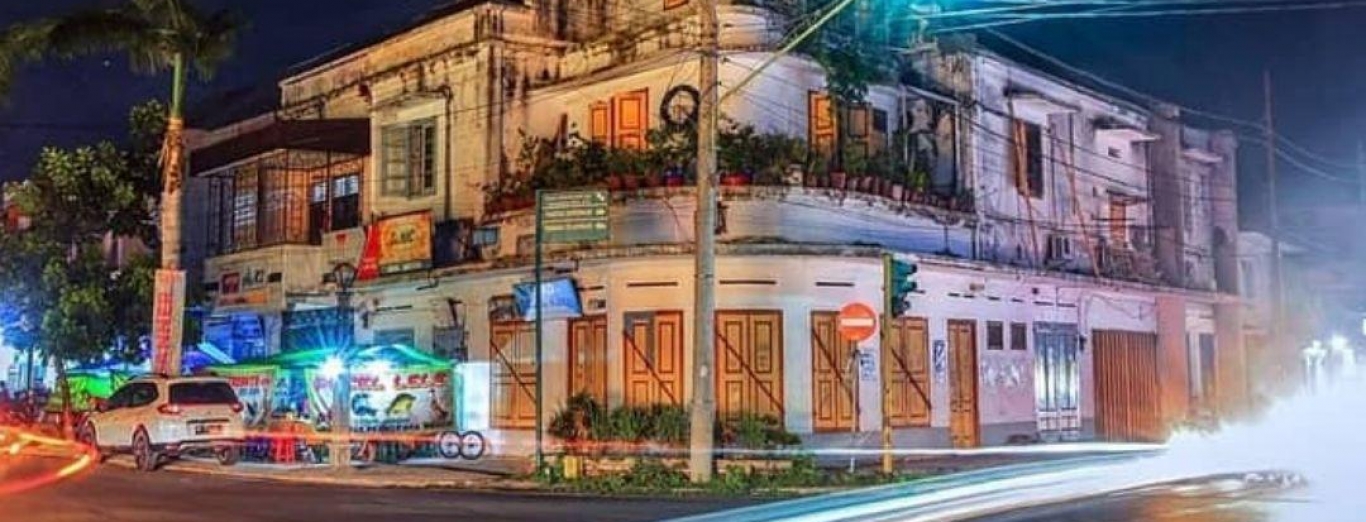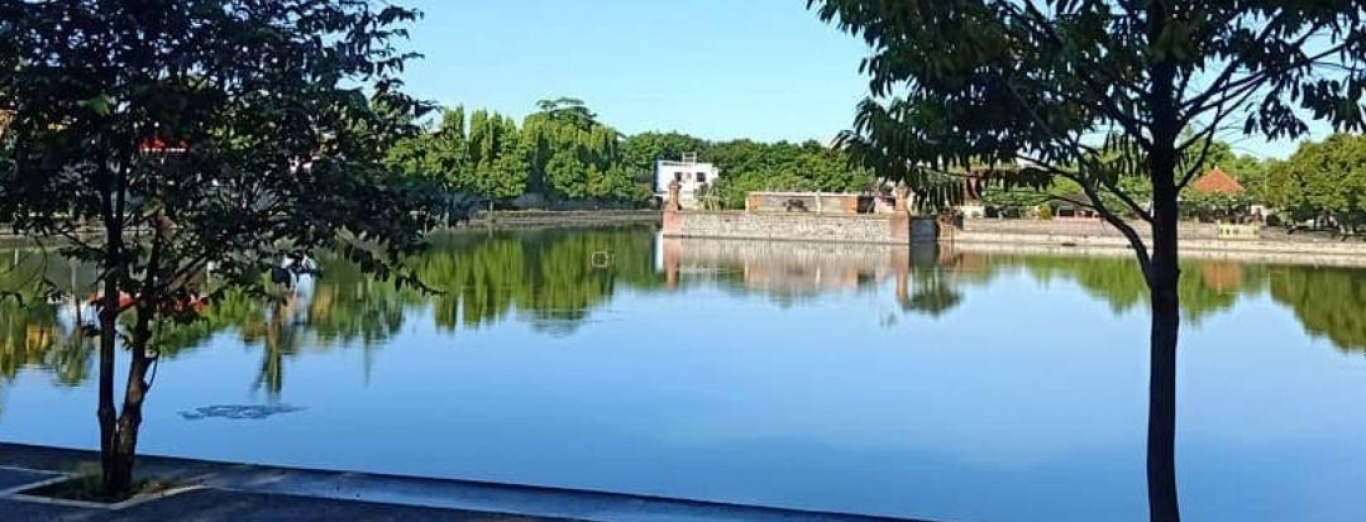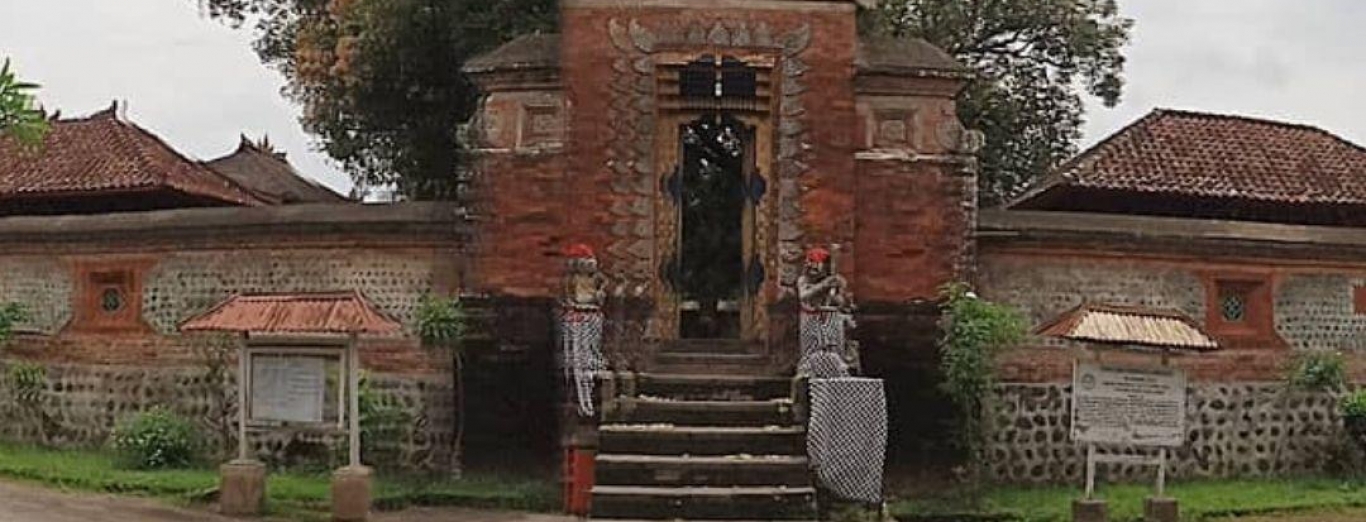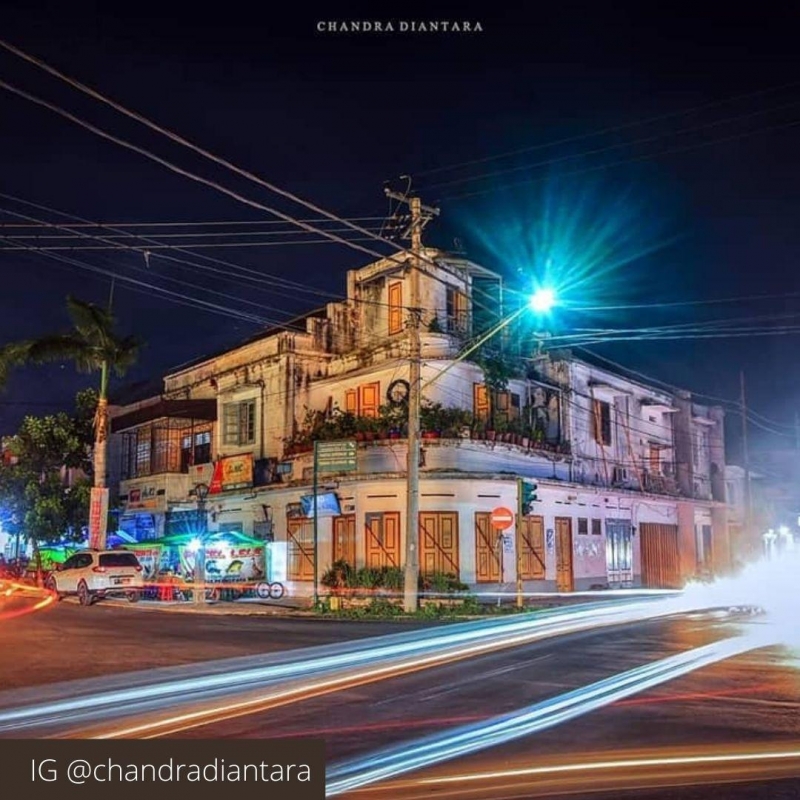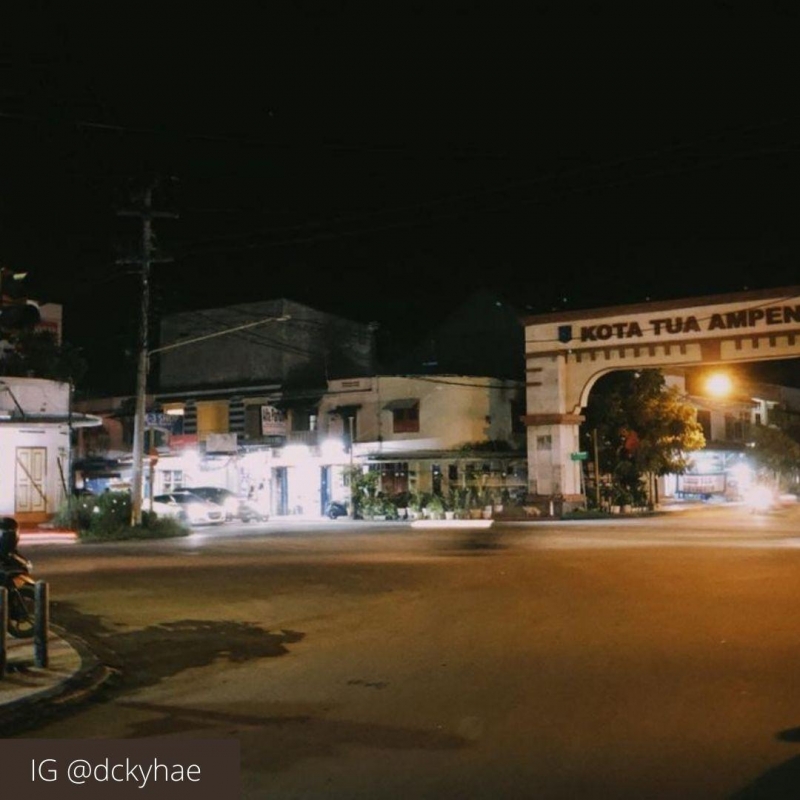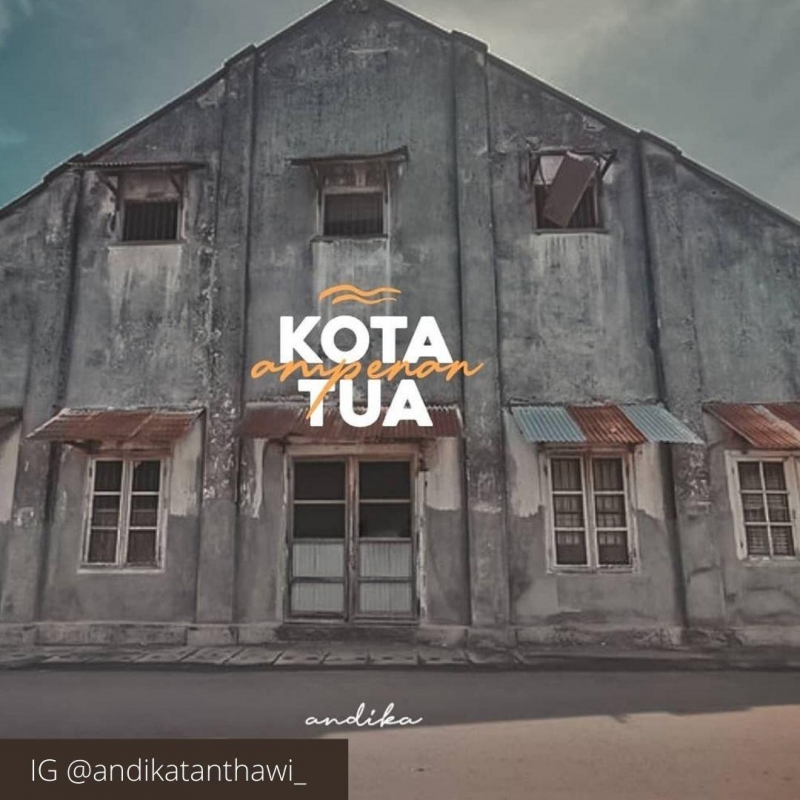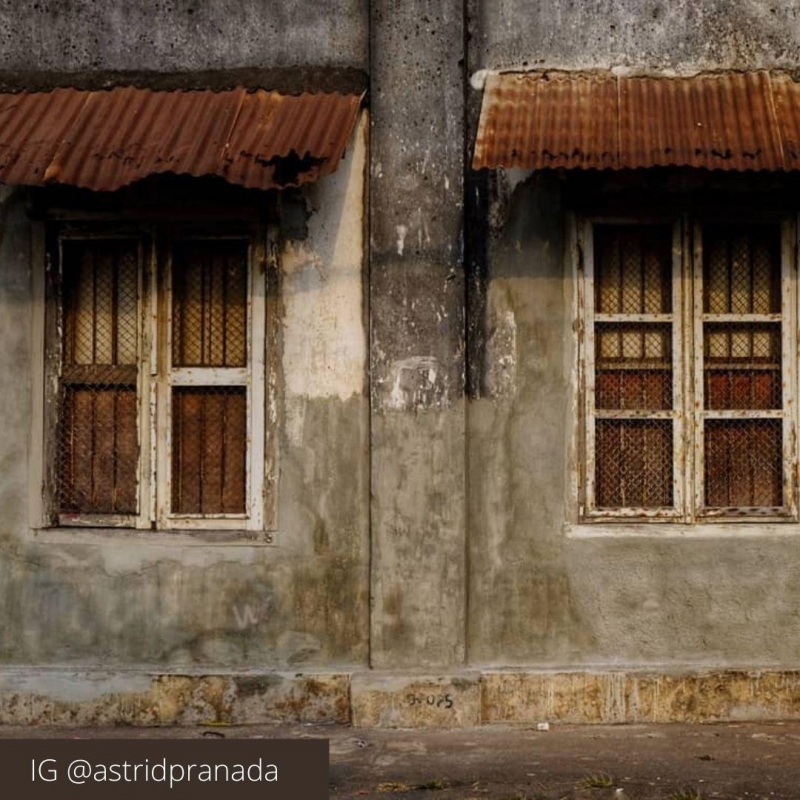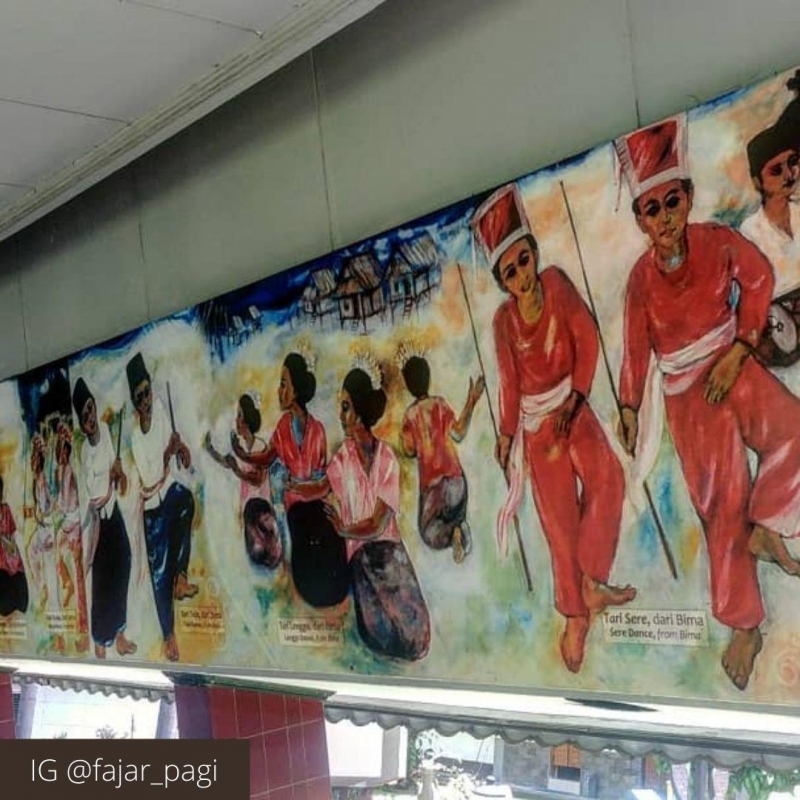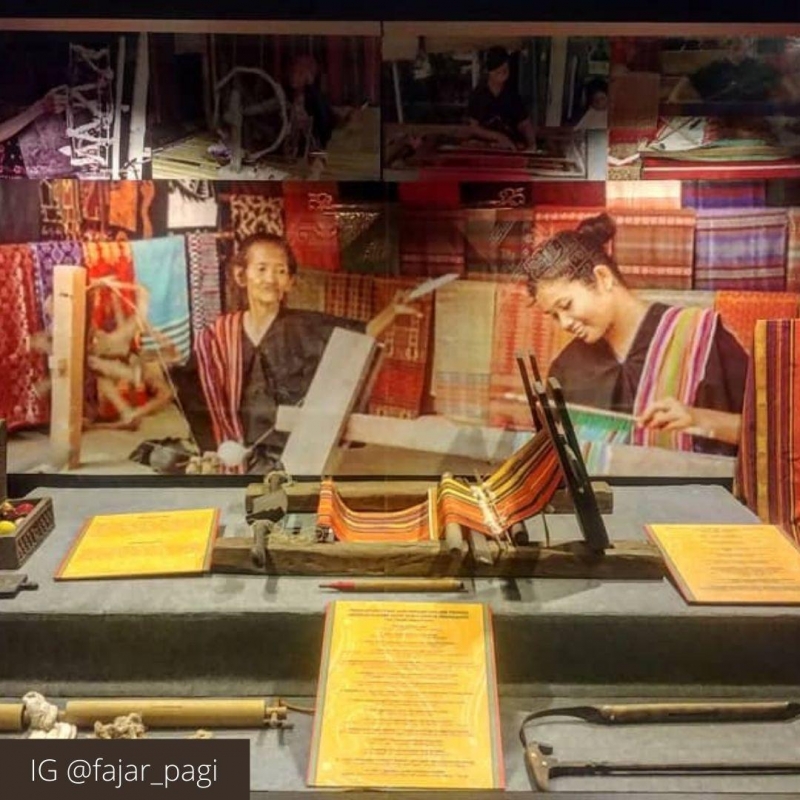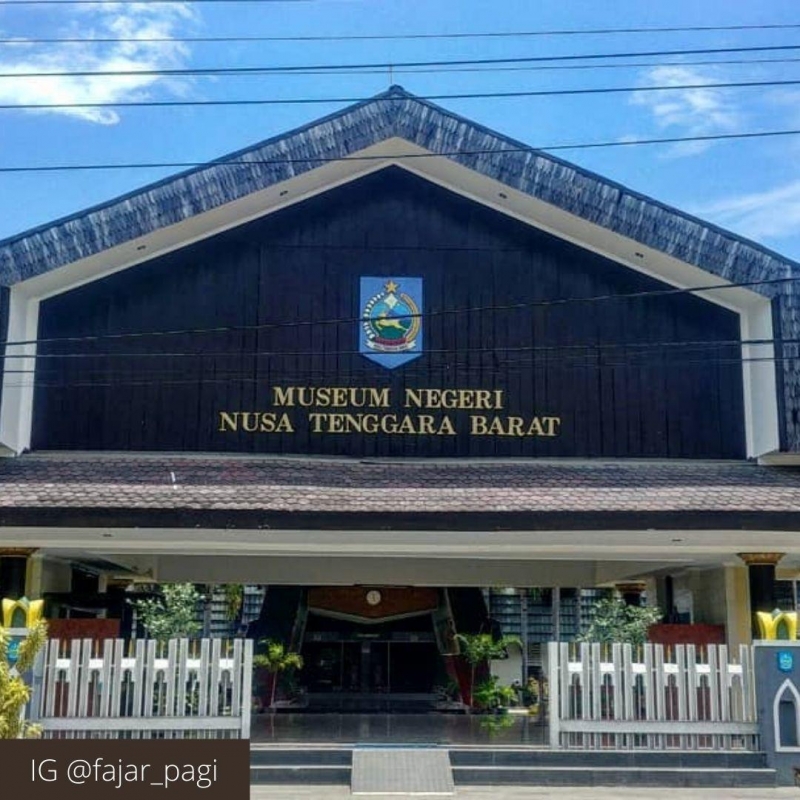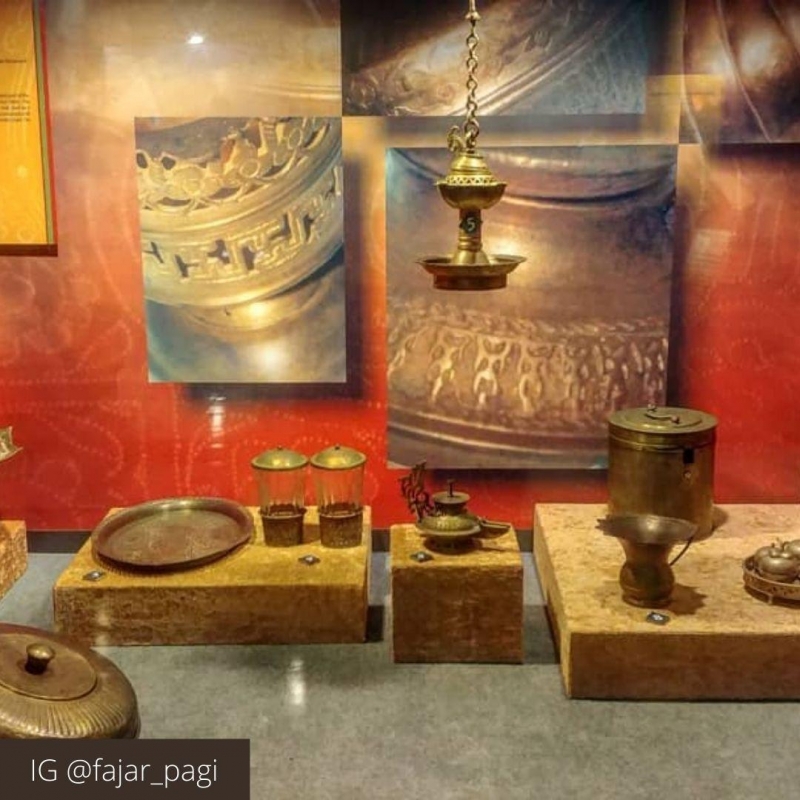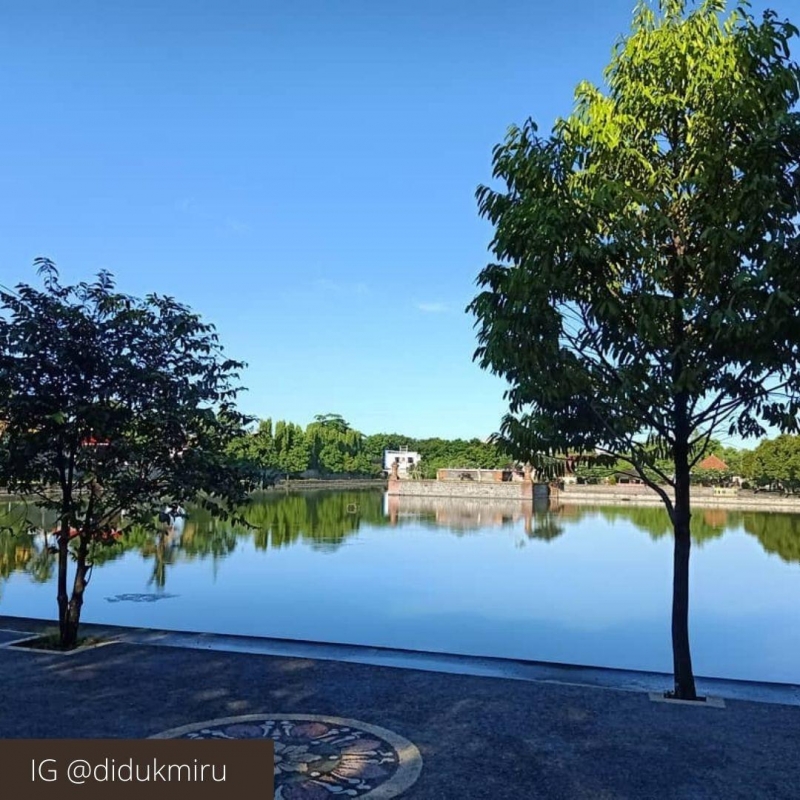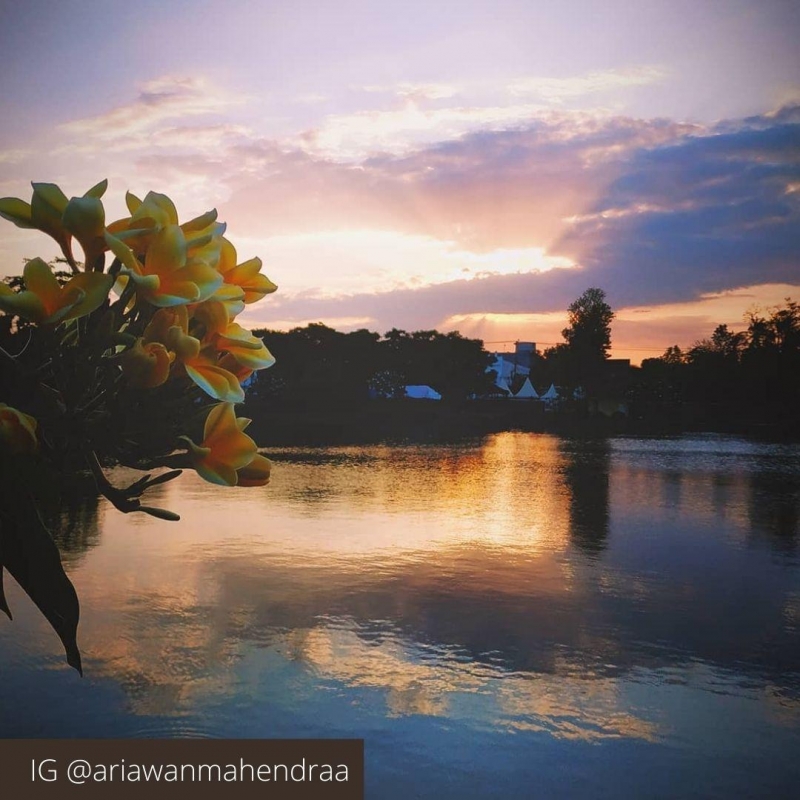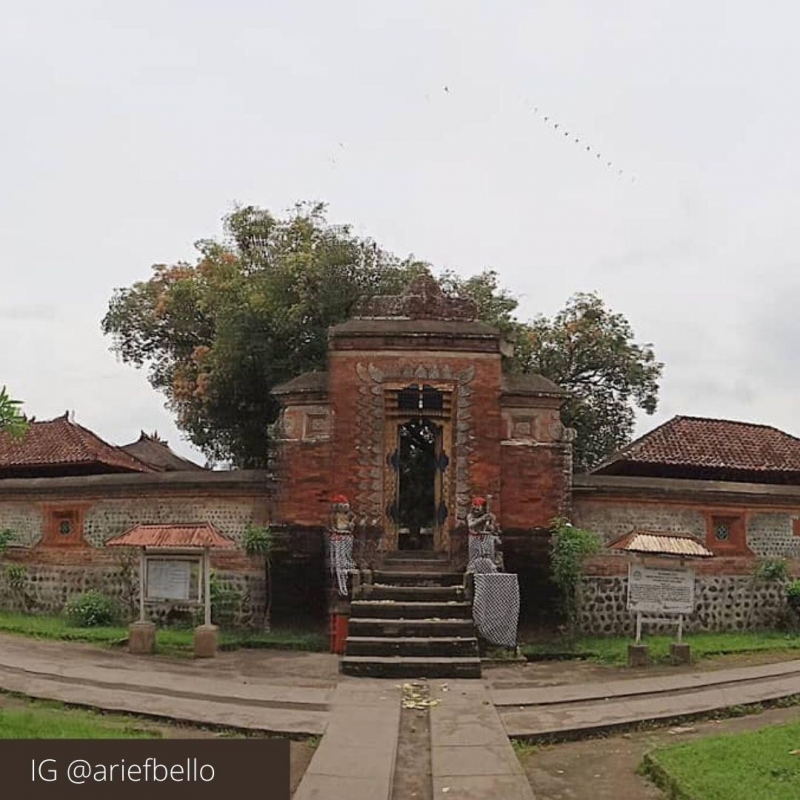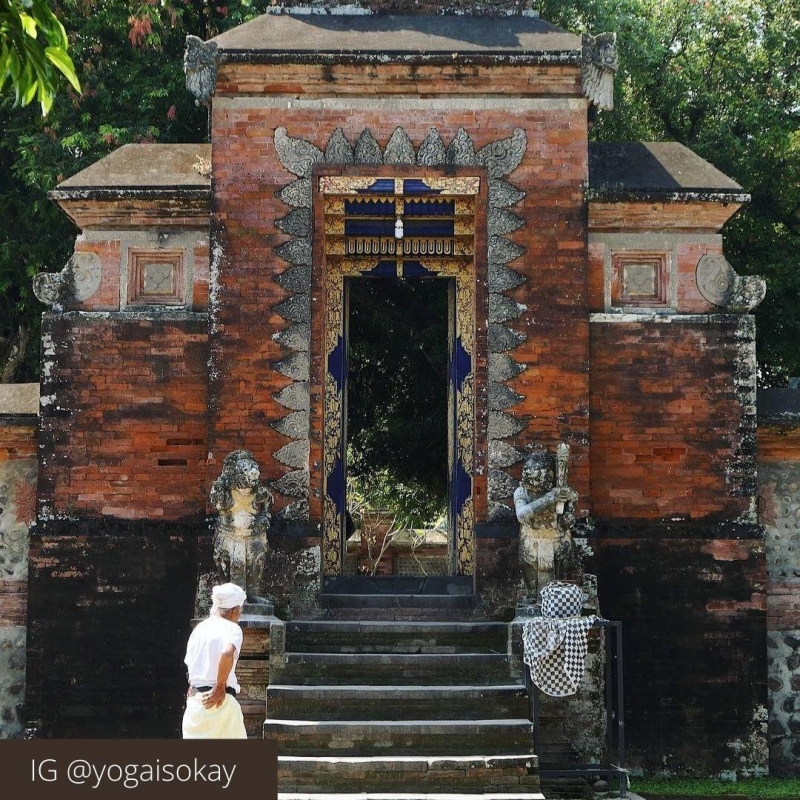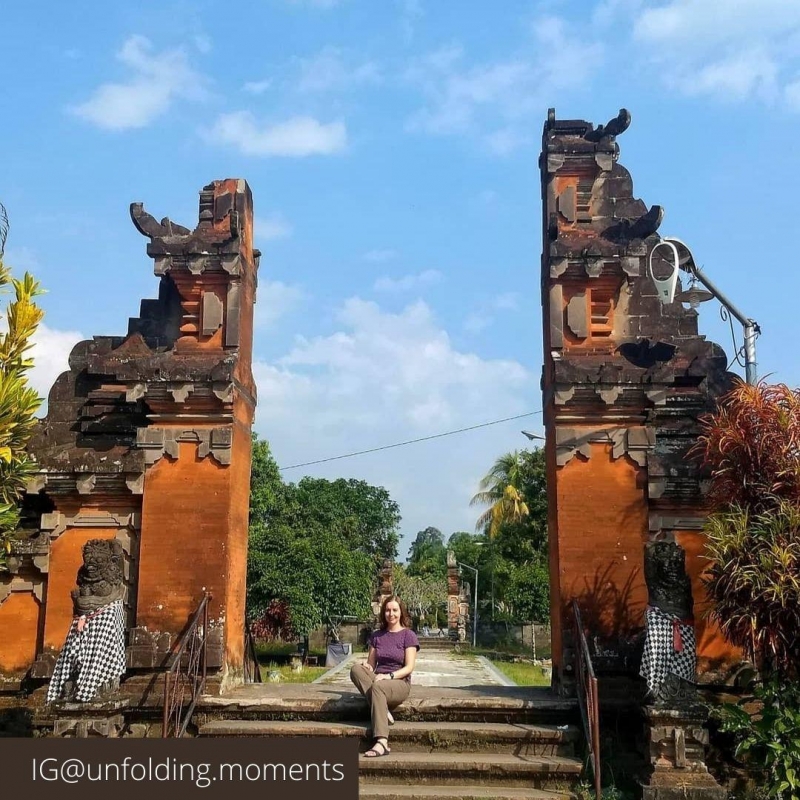Lombok Historical
Itinerary
Chinese Community Cemetery
Chinese community also play an important part in Lombok, They were actually scattered all the way to the Eastern part of the island but most of the chinese communities now setteld fled to the west part of the Islands.
As interesing as their culture, their cemeteries is also an interesting sight to see. Here in Mataram some of the grave is even 100 years old, their unique architecture of tomb is one the highlights here.
-
 Architectures
Architectures -
 Cultural Attractions
Cultural Attractions
Ampenan Old Town
Ampenan used to be a town that is in use by the Dutch as a port, therefore today, the population of Ampenan city consists of various ethnic blending together in harmony.
As a central of economic in the old days, the streets of Ampenan is full with historic house and commericial buildings.
Ampenan port is also used to be the main port for Lombok, now glory days of Ampenan is pass because the main port is moved to the Lembar port.
-
 Architectures
Architectures -
 Cultural Attractions
Cultural Attractions
West Nusa Tenggara State Museum
Housing an impressive collection of geological exhibits, historical artefacts and cultural treasures from both Lombok and Sumbawa, the State Museum of West Nusa Tenggara is also often referred to as the Lombok Art Museum, since it features such an extensive collection of decorative arts.
With more than 7,387 traditional arts items such as traditional kris, songket, basketware and masks, as well related subject such as geology, archaeology, architecture, biology, ceramic, paintings, and others.
-
 Cultural Attractions
Cultural Attractions
Mayura Palace
Built in 1744 by King A.A. Made Ngurah Karangasem (form Bali), this palace includes the former king’s family temple, a pilgrimage site for Lombok’s Hindus and was once a part of Balinese kingdom´s royal court in Lombok.
It consists of a large artificial lake with a floating pavilion in the center connected to the shoreline by a raised–footpath. This pavilion was used as a meeting place and court of justice during the reign of Balinese kingdom in Lombok.
In 1894 it was the site of bloody battles between the Dutch and Balinese.
-
 Architectures
Architectures -
 Fountain
Fountain -
 Hindu Temple
Hindu Temple -
 Natural Surroundings
Natural Surroundings -
 Relics & Wall Carvings
Relics & Wall Carvings
Lingsar
This large temple compound is the holiest in Lombok. Built in 1714 by King Anak Agung Ngurah, and nestled beautifully in lush rice fields.
However, Pura Lingsar is not a purely Hindu temple. It represents a harmonious blend of the Hindu tradition with Wektu Telu, a religion practiced by the native of Lombok, the Sasak people.
Wektu Telu's followers consider themselves Muslims, but do not follow many of the religious commandments that more orthodox Muslims do. They have adopted other beliefs from Hinduism and native animistic traditions.
This beautiful blend of heritage makes Pura Lingsar an important symbol of unity among the islands' faiths.
-
 Architectures
Architectures -
 Hindu Temple
Hindu Temple
